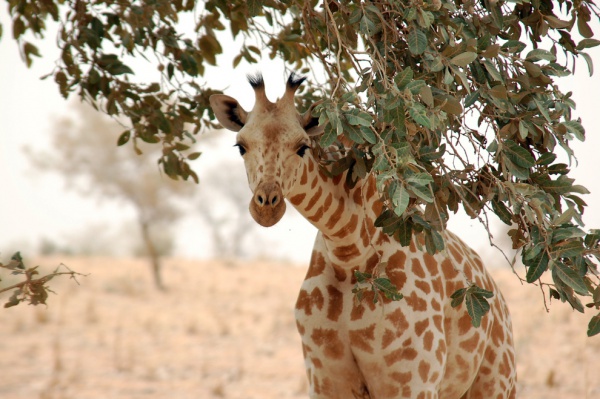Facts About West African giraffe
The West African giraffe, also known as the Niger giraffe or Nigerien giraffe, is a distinctive subspecies characterized by its light-colored spots. Native to the Sahel regions of West Africa, these giraffes once roamed widely from Senegal to Lake Chad. However, their population has drastically declined, with only about 400 individuals remaining as of 2011, largely isolated in small areas in southwestern Niger.
Genetic research has confirmed the uniqueness of the West African giraffe. Curiously, giraffes in European zoos once thought to be West African are, in fact, Kordofan giraffes. The West African giraffe is more closely related to East African giraffes. It is believed that these giraffes migrated from East to North Africa and eventually to West Africa, with Lake Chad acting as a natural barrier separating them from the Kordofan giraffes.
These giraffes rely on seasonal migrations between the Niger River valley and the drier highlands near Kouré. Unfortunately, their numbers have been significantly reduced due to habitat destruction, hunting, and droughts. Currently, the only viable population is found in Niger.
West African giraffes primarily feed on leaves from specific types of trees. Thanks to concerted conservation efforts since the 1990s, their population has been gradually increasing, especially within the Dosso herd. By 2016, an estimated 400 to 450 giraffes were living in the wild. Conservation initiatives in Niger focus on preserving their habitat, managing interactions with local farmers, and promoting tourism to support giraffe conservation efforts.

 Nigeria
Nigeria